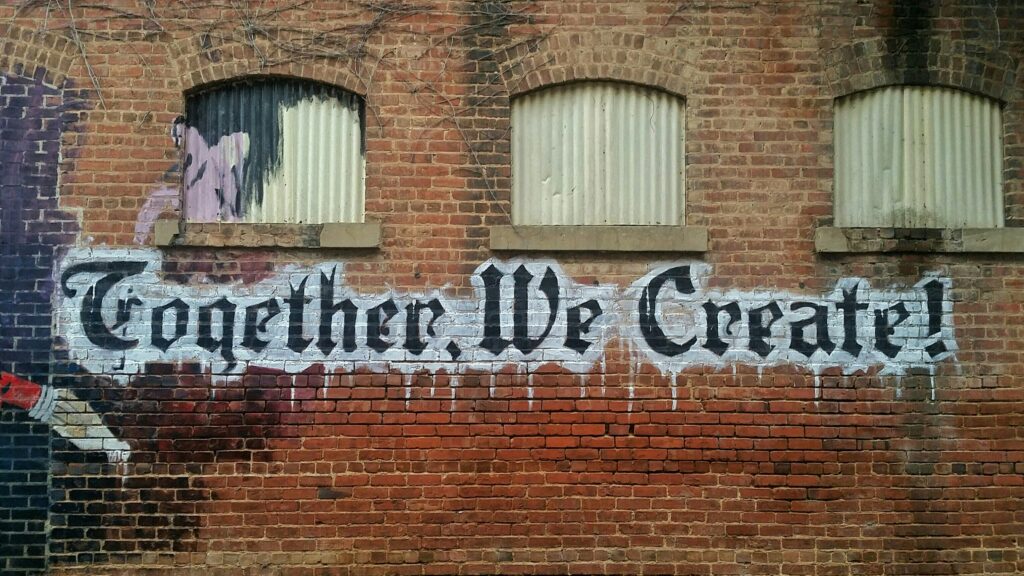Finding innovation in teams who are close and have history
Focus: shift thoughts from assumptions to authentic curiosity
Suspend assumptions for deeper conversations. “We know each other so well, we finish each other’s sentences.” Finishing each other’s sentences disrupts the reason something that may be commonly understood is being brought up. It may be a check to see if everyone’s on the same page, and ready for the next chapter.

Close teams often assume alignment.
In close teams, history helps build understanding. Often, members default to experience, predict each other’s perspectives, and share and listen less effectively; mutual understanding does not provide the ability to read minds. Finishing or simultaneously expressing a sentiment shows initial understanding, though it does not provide insight to understanding intentions or complete thoughts. Interruptions that demonstrate assumptions, both in alignment and as barriers, result in team members’ keeping their ideas inside. When this becomes culture, new ideas are suppressed because everyone knows how others on the team will respond.
Advocate for innovation; build conversational skills to support team members to develop ideas and curiosity. Encourage conversations focused on ideation, experimentation, and exploration. Suspend assumptions and work to share new ways of doing, thinking, and relating. A few things to try:
- Listen
- Avoid assumptions by focusing on the speakers’ current perspective
- Patience: provide space for the speaker to elaborate, clarify, and complete their thoughts
- Share your ideas and insights
- Things you create like connections, next steps, and visions for the future, are made more powerful when communicated to the team
- Use shared experiences to help each team member understand or connect with your message
- Provide opportunities for team members to deepen or expand the idea when, or after, sharing insights, providing feedback, and making decisions with others
- Demonstrate curiosity
- Ask generative questions to hear more about their hopes for the idea or message
- Ask clarifying questions, first of yourself then the speaker, if you experience cognitive dissonance, or sense misunderstandings
Set aside time for conversations that expand understanding, confront issues, address needs, and build hope for the future to practice moving discussions from expressing alignment to encouraging innovation.

Shared experiences and strong relationships provide excellent foundations for innovation
Photo by “My Life Through A Lens” on Unsplash

